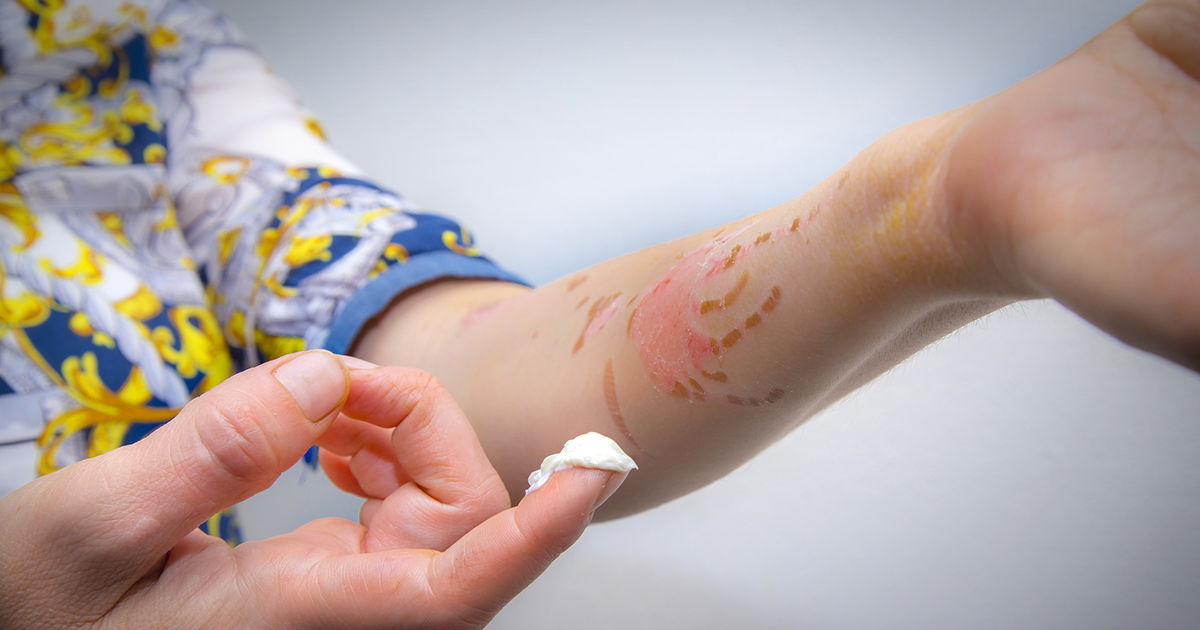The Different Uses Of Petroleum Jelly
There is a versatile product in your bathroom cabinet that costs less than a latte but has a lot of potential uses; it has been around for a long time, having been discovered in 1859, and will likely stick around for a long time to come. Useful for makeup removal, pet care, infant care, and as part of a beauty regimen, this magical substance comes in a little tub and is known as petroleum jelly. Petroleum jelly has been extensively filtered for the removal of any toxins or impurities from petroleum, which makes it safe to use on adult skin as well as the more tender skin of babies and the broken skin of wounds. Keep reading to discover the different uses of petroleum jelly.
Makeup Remover & Other Cosmetic Purposes

While beauty companies love to overcharge for soaps to use as a makeup remover, these products almost all strip the skin of essential healing oils as well as the makeup. Petroleum jelly is gentler on the skin to remove makeup. A small amount is all that needs to be applied and wiped clean with a swab of cotton. This inexpensive product is ideal for individuals who need moisture retention around their eyes and elsewhere on their face. It can also be used to gloss lips, tame eyebrows as well as eyelashes with care in application, and can be applied to protect the skin from dyes when coloring hair.
To Heal Minor Scrapes And Burns

Whenever skin is injured, whether in an accident or a surgical procedure, the body goes to work to repair the wound. Scars are considered a natural part of the healing process, though their intensity depends on how well the wound is healing. Minor cuts, scrapes, and burns can avoid scarring with the use of petroleum jelly. It helps keep the wound moist, protecting it from drying out and thereby forming a scab, which tends to take longer to heal. Petroleum jelly is also used to heal minor scrapes and burns by sealing them, which keeps out germs while retaining moisture. Skin heals without infection or cracking. One caveat is not to put jelly directly on a fresh burn, as they radiate heat that will be trapped.
